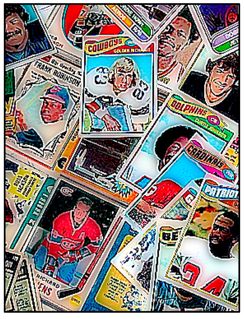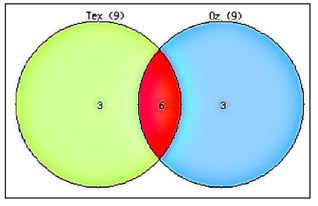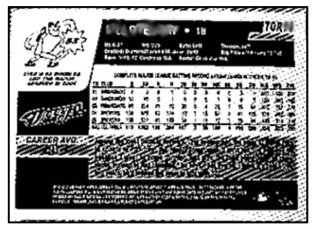|
Sports Card Mathematics!Sports cards are a math teacher's gold mine. Math facts to add, subtract, multiply, and divide. Decimal places to round off. And more! Angles 
Across grade levels, mathematics literacies share many skill sets used across the curriculum:
Charts / Graphs: Reading & Plotting Community Involvement Comparing, Grouping & Categorizing Composition & Writing of stepped problems Diagramming & Sketching Discussing Group Work Instruction Reading & Writing Model Building Presentation & Reporting Reading & Speed-reading Research Short & Long Term Projects Task Analysis Timelines Visual & Aural Analysis Vocabulary Building Writing A single card limits the physical size of material that requires examination. It also provides immediate opportunity for a teacher’s evaluation of student function along the problem-solving continuum from a limited or one-step through to a series or multi-steps. Set 1 Individual, Surveys, Data collection, Hypothesis Examine the uniform numbering on your favorite team.
Set 2 Individual, Data collection, Venn diagramming From information you find on the cards of two players, list the strengths and weaknesses of each. Use a Venn diagram to compare the players using your lists.
Set 3 Group/Individual, Data collection, average, graph, comparisons Create a team from cards so that each card represents one player position. This is even more fun if the players are from different teams. Once students are able to find information they need from sports cards and they can “play” or manipulate the information in different ways, you can use the cards and their content as springboards into related mathematical study for other parts of your course. Keep the encounter short and productive. When you achieve your teaching objective, call it quits and collect the cards in a shoebox. Use this power only for Good!
|



